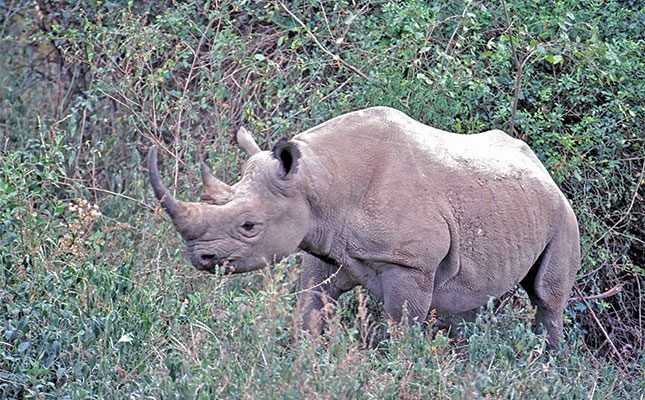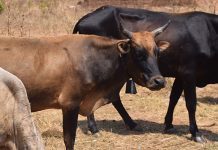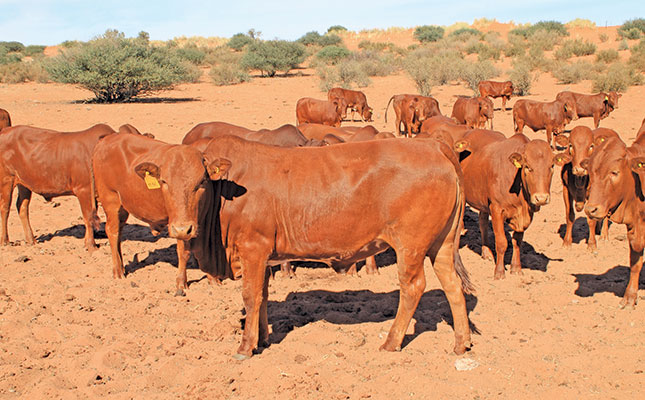
Photo: Wikimedia Commons
This recovery has been ascribed to sharpened-up security that has brought more poachers to justice over the past three decades.
Kenya’s black rhino numbers have increased so fast that they are now overcrowding sanctuaries in the country.
One of the remedies to prevent overpopulation includes relocation, with 21 eastern black rhinos recently being relocated to the Loisaba Conservancy in Laikipia County. According to a report published by EIN Presswire, the last rhino in Loisaba was killed 50 years ago by poachers.
“It’s incredibly exciting to be part of the reintroduction of rhinos to a landscape where they’ve been absent for 50 years,” said Tom Silvester, CEO of the Loisaba Conservancy.
“It is a mark of Kenya’s conservation success. Some [11 736ha] have been set aside for the rhinos’ new sanctuary.” The recent relocation was led by Kenya Wildlife Services. The animals, which can weigh up to 1 400kg, were moved by truck to their new home.
Supporting the project were the San Diego Zoo Wildlife Alliance, the Nature Conservancy, the Elewana Collection and Space for Giants. The rhinos came from Nairobi National Park, Ol Pejeta Conservancy and Lewa Wildlife Conservancy.
“The reintroduction of the eastern black rhino to Loisaba is a testament to our collective ability to enact meaningful change for Kenya’s iconic wildlife and be a force for nature,” said Dr Max Graham, CEO of conservation organisation, Space for Giants.
Because of heightened security and success in bringing poachers to justice, Kenya is now home to the third-largest rhino population in Africa, after South Africa and Namibia.
Research has shown that Kenya needs a stable number of 2 000 eastern black rhinos for the species to survive in the face of threats to their survival.
The EIN Presswire report said the key to success has been Kenya’s efficiency in safeguarding keystone species like rhino in protected areas. Black rhinos were solitary animals, and without enough room to disperse, could not be encouraged to breed.
With some of Kenya’s existing 16 sanctuaries nearing maximum capacity, there was an urgent need to create new ones offering ideal conditions, such as the right habitat, effective security, and strong support from neighbouring communities.













